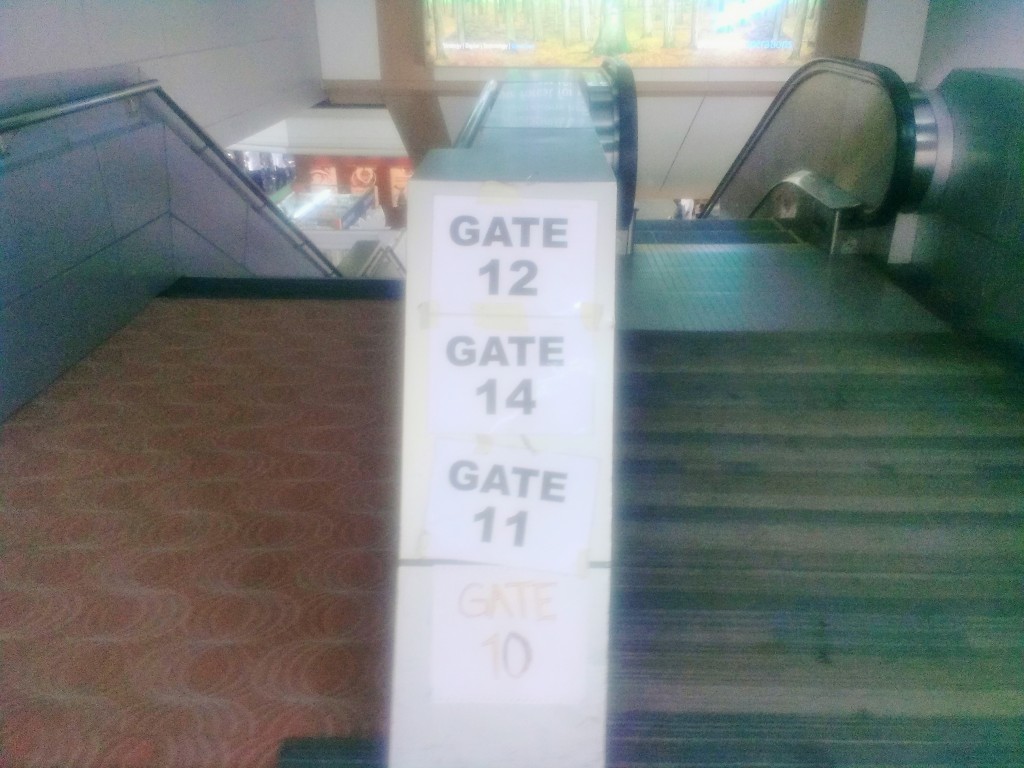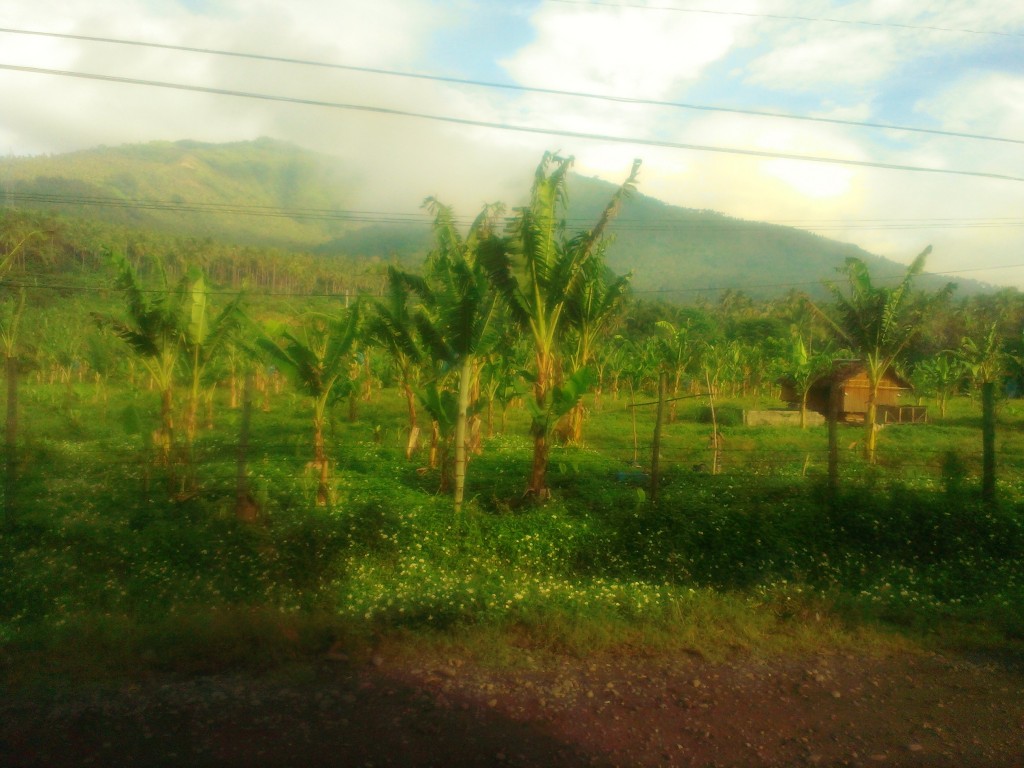[Written 12 January, 2015]
After traveling with the group for almost a week , we’d been to visit all sorts of NGOs, ethnic groups, religious representatives and Civil Society Organizations (CSOs), I woke up the morning of Sunday with my head throbbing. I felt like someone had just jammed an entire shelving unit of books into my brain, and while I’d gained a lot of information about Mindanao and the conflict in general, I’ve only gained piecemeal information about the topic which really interests me: the Zones of Peace (ZoPs). This is what I centered all my pre-departure readings around and I still had so many questions left unanswered about how they are formed, how they work, what’s the different between a ZoP and a Space of Peace (SoP), and what changes result from such a phenomenon.
These were the first days that, not only would we be visiting CSOs and NGOs, but we also had the opportunity to visit and walk around in the villages and speak with the communities. I have to say that, as much as it has been a pleasure to speak with all of the local organizations on the work they do in their communities, it was such a beautiful change of pace to be out in the open with the people who all of these initiatives and programs were actually affecting. Pulling up in our white van, people crowded around us and had clearly been told that visitors were coming. Two older women had clearly walked a long way to come to the center of the village where we were all collecting. Children, adults and elders alike stared at us incredulously, and then many burst out into smiles and waves, although there were also plenty that stayed back and simply observed us just as astutely as we observed them.
In each community, we held discussion with the group at large, posed questions to them regarding their lives, their role as either a ZoP or SoP, and how they feel about various parts of the conflict they had experienced. Then we spent some time talking at a one-on-one level, and at the SoP we even given a little tour of the village. For some reason, a question formed in my mind: who would I have been if I were a part of that community? Would I be bold enough to be the lady in front, declaring her opinions on the political this and that? Or the woman standing outside the circle, silently watching the visitors? Snoring in the corner? Bouncing a baby on my hip?
In various international relations classes from undergraduate and graduate school, the monolith of an “underdeveloped life” always seems to carry a connotation of being so unrelatable, foreign, and menacing: pumping your own water, washing laundry by hand in a bucket, walking two or three kilometers to school on an unpaved road, various flying insects constantly itching the skin, with the closest hospital in the next town over. While all of these aspects may have been true for the villages we went –as for many other places across the world—one thing I thought about was that this leaves out an entire human, and much more relatable, part of life in a village like this. Everyone has their quirks, and while they may not exactly parallel the stereotypes and archetypes that I’ve met in the US, they exist all the same and in just as much abundance.
From just the few hours that we were in those communities, it was so easy to see the dynamics between the people there, I felt myself doing the same “read the room” strategy that I have done in every other job, classroom, or social function I’ve ever been to. There are the people who talk just to hear their own voice, the people who have an established powerful or high-status position, the little kids who will pinch you because they thinks it’s funny. The list goes on, and speaking with the children as well as the adults turned into a very familiar experience. Evyn, Maritza, and I wrote our names and drew hearts, flowers, and trees with some of the children, and I felt like I was teaching in my classroom in Spain again. The head teacher of the local school hesitated before each sentence and covered her mouth with hand to hide her nervous smile, and I saw a classmate from undergraduate who couldn’t give a class presentation without hiding behind the podium. I had such a lovely time talking with them, it was really refreshing to leave behind the international policy lens for a moment, and work at the micro rather than the macro level.
Of course, international policy can’t just be visiting random places in the world and talking to people. Economic trends, migration patterns, political revolutions and other macro phenomena are inherent to the field. But in order to understand the tendencies, the movements, and the development of entire populations, isn’t it also important to understand the humans in that population? Isn’t important to remember that while we may live climates, time zones and socioeconomic strata apart, we’re all still people who are shy, aggressive, silly, nervous, hungry, and lonely?
I think so.




